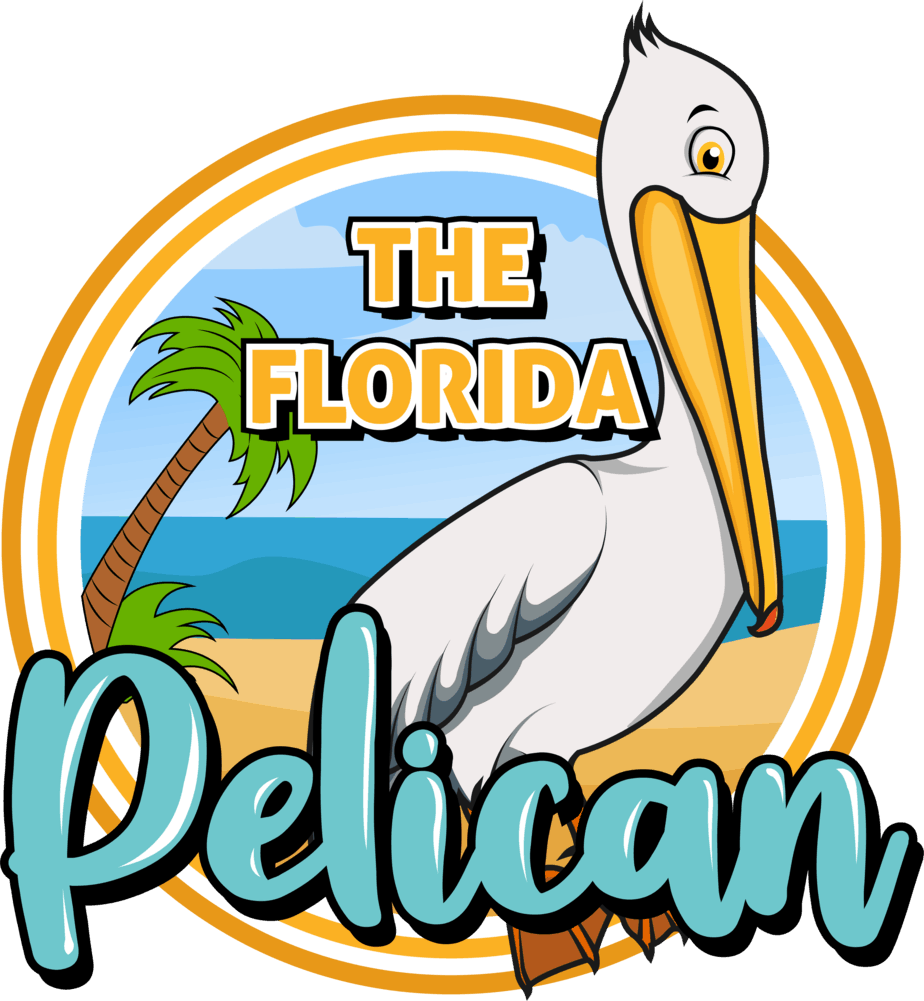City of Miami
The City of Miami, Florida is a coastal city in the southeastern United States. Miami is the second most populous metropolitan area in Florida. It is the eleventh largest city in the Southeast. The 2020 census shows the population of Miami as 442,241. This makes the city the 44th most populous metropolitan area in the country. A vibrant city like Miami has made it a preferred destination for both residents and travelers. Here’s a quick summary of what the attraction is to Miami.
Why Is The City Of Miami A Melting Pot Of Cultures?
As one of the most internationally known cities in Florida, Miami is a true melting pot of cultures. We lived in Miami for a couple of decades and know the ins and outs of this great city. The influence of the Hispanic and Caribbean population in Miami is prominent in food and lifestyle. Restaurants serving ethnic foods are scattered throughout the city. However, some neighborhoods are fully dedicated to one culture. Little Havana and Little Haiti are two such neighborhoods. Visiting Miami and not trying Cuban food or at least Cuban coffee is a sin! You can find corner cafes throughout the city. The Cuban Coffee is a little jolt of wake-me-up served in either little espresso shots or with milk. This is known as Cafe Con Leche. If you like spicy foods give Creole a try or a traditional Haitian dish. This is what makes Miami so entertaining. We get to experience different cultures all in one great city.
Where To Spend A Day In The City Of Miami
Spending an entire day in Downtown Miami Bayfront Park is a relaxing and unforgettable experience. If traveling with children this is a place the entire family can enjoy. Every kid will remember the Lee and Tina Hills playground as a great adventure. After that, the famous Bayside Market Place is right around the corner from the Park. Bayside’s name is parallel with superb open-air restaurants and shops. Get more details on our page for Things to Do in Miami
History of Miami
The Miami area was first discovered by Ponce De Leon in 1513. He called the area Chequescha. Fortunately, the name has changed a few times sparing us from trying to pronounce Chequescha!
The Original inhabitants of the land were the Tequesta Indians. They lived along the Miami River and occupied parts of Palm Beach. In 1566 the Spaniard Pedro Menendez De Aviles claimed the area for Spain. With the arrival of Menendez and his men diseases were introduced to the Native Americans. Lack of immunity to diseases like smallpox resulted in the death of the majority of Tequesta Indians. They had occupied the land for over 1000 years before the Europeans’ arrival. Other known artifacts are dating back 10,000 years from other Native Indians in the area.
The area was initially known as Biscayne Bay Country. Miami River referred to Mayaimi Indians who called the area home when the first Europeans arrived. The City was eventually incorporated as Miami in 1896.
Freedom Tower in Miami
In 1925, the building was originally utilized as a newspaper’s headquarters. At the time, the construction of a 17-story, 82,000 Sq Ft building was an important architectural achievement. Upon completion, James M Cox moved the Miami Daily News headquarters to the building. The commercial property was used by newspapers and other print facilities until 1957. After that, Miami Daily News relocated and the structure stayed vacant for years. In 1962, the building was leased by the US government as a processing center for Cuban Migrants. During this period, the building was the first encounter with freedom for refugees. From 1962 to 1974 the center provided ID cards and medical services for thousands of Cubans.
The Freedom Tower is one of the most important buildings in the history of Miami. Similarly, it is compared to North Ellis Island and the Statue of Liberty. It is a beacon of light that welcomed the immigrants who made Miami what it is today.
What Happened To Freedom Tower?
After 1974 the Cuban migration rate decreased. The US government subsequently closed the facility known as the Cuban Assistance Center during the 1962-1974 era. During this period the building went through different ownership. I saw the building in 1979 for the first time. The beautiful building looked ignored while trying to stand tall in the Miami skyline. The signs of vandalism were evident in the building and its unique ornamental architecture. At that time I don’t think anyone thought that Freedom Tower will survive. Subsequently, things got worse till became better. Freedom Tower survived years of neglect and defacement. The results seem to be appropriately poetic, Freedom Survived!
A New Beginning For The Freedom Tower
In 1997, Jorge Mas Canosa and his family purchased and rescued the building. Once restored the building was sold in 2004 to Pedro Martin, a Cuban/American developer. The following year, the Martin family donated the building to Miami Dade College, MDC. Currently, the Freedom Tower is utilized by MDC as a Museum of Art and Design. Below are the main exhibits in the museum.
- Cuban Legacy Gallery – Home to many contemporary artists with Cuban heritage. This exhibit focuses on the impact of Cuban artists in South Florida and globally.
- Kislak Center – The 2,600 Sq Ft permanent exhibit is dedicated to early American history. The exceptional collection was donated by Jay Kislak and the Kislak Family Foundation.
- Exile Experience – An exhibit to celebrate the positive effects the displaced and exiled communities had in Miami. The lectures and displays reflect how transnational writers and artists can adapt and thrive in different environments.






Recent Comments